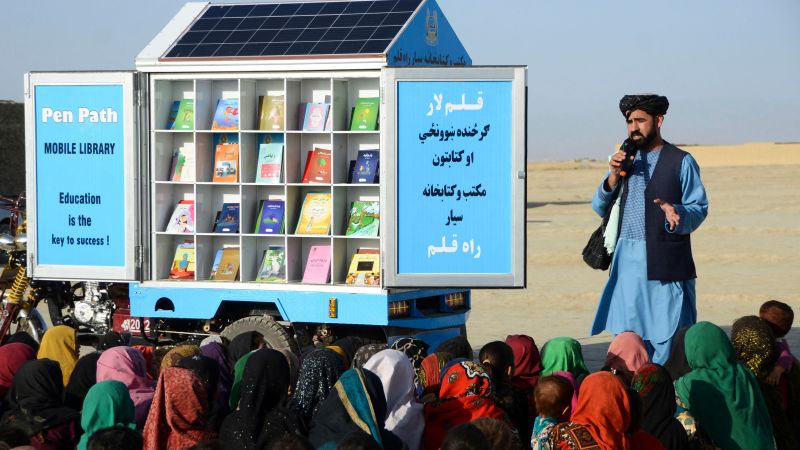On a recent trip to New York, I spoke on a panel discussing the state of the global music industry. During the Q&A, someone asked, “When will the day come that Taylor Swift isn’t the biggest artist in the world?”
Answer: She already isn’t.
Now, maybe it’s a matter of perspective. From a Western vantage point, it’s a valid question. Given Swift’s ubiquitous media coverage, it’s hard to imagine a day when she isn’t at the top of our industry. In the past year alone, she has broken records, won awards, and inspired fans. But her achievements are only one slice of the global picture.
The music industry is increasingly interconnected, with content moving across markets and access to that content expanding in ways many do not see. With that comes the opportunity to reach massive populations from emerging markets, whose focus rests on domestic artists and local language content. I think a future where the next big global star arises from somewhere other than the U.S. is barreling towards us, and they won’t be singing in English.
My confidence here is informed by my home, the United Arab Emirates, which sits at the intersection of Asia, Africa, and Europe, and has a population representing over 200 nationalities. I am deeply embedded in this region and its music industry, and I have firsthand exposure to music’s evolution in these markets, watching the increasing dominance of local language music and recognizing how it is reshaping pop culture. That change is happening quickly across listenership, subscription growth, access to music and more.
Evaluating a superstar from the West against a superstar from the East is not an apples-to-apples comparison. There is important context missing from the raw numbers, particularly in available streaming metrics, which fail to fully represent the consumption in the East or the potential for monetization in the years to come.
The multinational streaming platforms have thoroughly established themselves as the leaders in monetization. For example, Spotify has carved out a reputation as the market leader with over 602 million monthly active users globally, 236 million of which are paying. However, those multinational platforms are relatively new to the MENA region and other emerging markets and are still building a user base. In contrast, domestic streaming platforms in the wider region have had longer to build a strong user base (e.g., India’s Gaana boasts 200 million monthly active users), but their monetization hasn’t caught up yet.
However, if we look at the sheer market size, the opportunity in emerging markets is undeniable. The populations of the U.S. (330 million) and the U.K. (67 million) are dwarfed when compared to India (1.4 billion), MENA (489 million people), Pakistan (243 million), or Nigeria (227 million). Music consumption in some of these markets is already outpacing the West (in rate of growth) and will soon surpass the West (in volume).
The data is there. Emerging markets have been the major driver of global subscription growth since 2021, and Goldman Sachs’s 2024 Music in the Air reports their contribution is expected to reach 70% by 2030. In Luminate’s 2023 report they highlighted that India’s streaming volume increased by nearly half a trillion streams year-over-year vs. 184 billion for the U.S. At that rate, particularly as the U.S. reaches a point of saturation, we could see India surpass the U.S. in consumption this year.
You might think that the increased availability and monetization of streaming platforms in emerging markets would translate to the Taylor Swifts of the West reaching even more listeners. The truth is those listeners increasingly care more about their own domestic stars and regional music culture than what the West exports to them.
YouTube launched globally in 2005 and has long been the established service for streaming and discovering music, thereby more adequately reflecting music listening preferences in the region. If we look specifically at Swift, there is no denying she is massively popular on the platform. On YouTube’s Global Music Charts for April 19-25 (the week her latest album dropped), she sat squarely at #1. However, eight of the Top 10 songs that week were actually non-English releases by artists from around the world. How many of you know the Bhojpuri hit “Maroon Color Sadiya” (which was #3 that same week)? Expand that to the Top 40, and only eight songs are in English. This is only on YouTube; consider the impact of additional domestic streaming platforms, which are even more skewed toward local language artists in each market.
Local language matters; the era of pop music being defined as “Anglo-American” is over. Looking at streams per day in India in 2023, Statista found Hindi represented over 40% versus English’s 25% share. What’s more, vernacular language and regional music, which made up the remaining 34%, was notably the fastest-growing genre from 2020 to 2023. In its 2023 report, Luminate highlighted how the share of English language music declined by 12% globally since 2021, while the share of Hindi music has essentially doubled. Even in the U.S., the share of English language content is down 3.8% since 2021.
The global diaspora which is consuming Arabic, Hindi, and other global languages is in the West too, augmenting the shift I’m describing. The meteoric transformation of K-pop into a global phenomenon is a particularly strong example of this expansion, thanks to groups like BTS, BLACKPINK and Stray Kids. In addition to its huge following in Korea, the genre has swept the West, with Korean being the 3rd biggest language by consumption in the U.S. in 2023, according to Luminate.
So, is Taylor Swift really the biggest artist in the world? Given the change I’ve described in streaming adoption across emerging markets, the importance of domestic platforms, and the sheer fact that on a country-by-country level domestic acts reign, the answer is no. Last time I checked, India, Pakistan, the Middle East, China and most of Africa have their own superstars — and they represent most of the populated world. There’s no telling how high those local artists will climb before their stars eclipse the likes of Swift in ways that become much more obvious to the rest of us.
Spek is the founder/CEO of PopArabia & ESMAA and the executive vp of international & emerging markets at Reservoir. He was recently named to Billboard’s International Power Players 2024 list, having previously appeared on the list in 2021, 2022, and 2023.







